Products reviews
Meade ETX-80AT-TC (270 x 80mm) Telescope
$245.00 to $276.00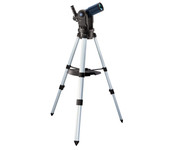
All of the major planets except Pluto are easily observable through Meade's brand-new 80mm (3.1) achromatic refractor telescope. You can study Saturn and its ring system; the primary cloud belts of Jupiter and its 4 major satellites; the Moonlike phases of Mercury and Venus; and much more.
| MPN | 3052005 |
| Optical Design | Refractor | Optical Diameter | 80 mm | Finderscope | Optical | Focal Length | 400 mm | Max Useful Magnification | x 270 | Mount Type | Altazimuth | Motorized | Yes |
Tags:
meade, etx-80at-tc, 270, x, 80mm, telescope,Tasco 49060700 (60 x 700mm) Telescope
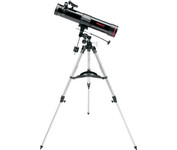
For those who want to experience astronomy but not get too committed, the Tasco Spacestation 60AZ may be the perfect scope for the first.
Meade DS-2080ATS Telescope
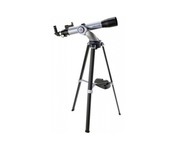
Meade Digital Series telescopes bring microprocessor technology and the very latest in electromechanical design to the serious beginning or intermediate observer. Completely re-engineered and redesigned, Meade DS-2080AT telescopes provide extremely smooth motions in both altitude and azimuth, and, most importantly, include a fully integrated Autostar control system as standard equipment. Oversize bearings on both telescope axes of all models negate the imprecisions found universally, virtually without exception, on competing models.Minimize
Celestron AstroMaster 76 EQ Telescope
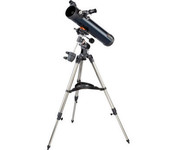
If you're looking for a dual-purpose telescope appropriate for both terrestrial and celestial viewing, then the AstroMaster Series is for you. Each AstroMaster model is capable of giving correct views of land and sky.
Celestron PowerSeeker 80 EQ (225 x 80mm) Telescope
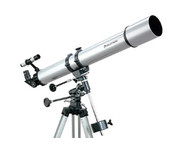
The Celestron PowerSeeker series of telescopes is designed to give the first-time buyer the perfect combination of quality, value, features and power. Offering exceptional value, these telescopes feature portable yet powerful designs with ample optical performance to excite any newcomer to the world of amateur astronomy.Minimize